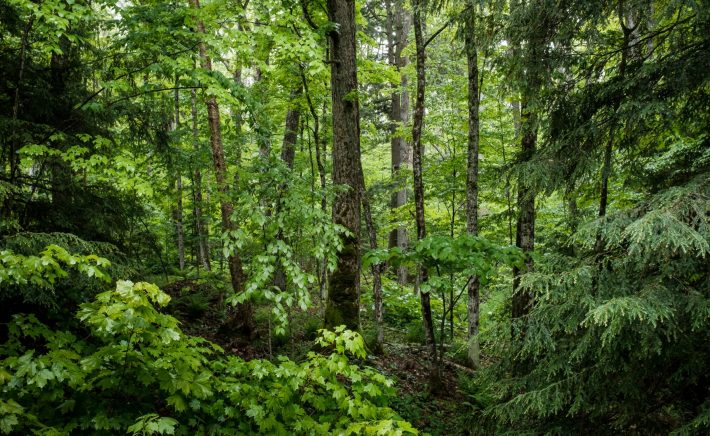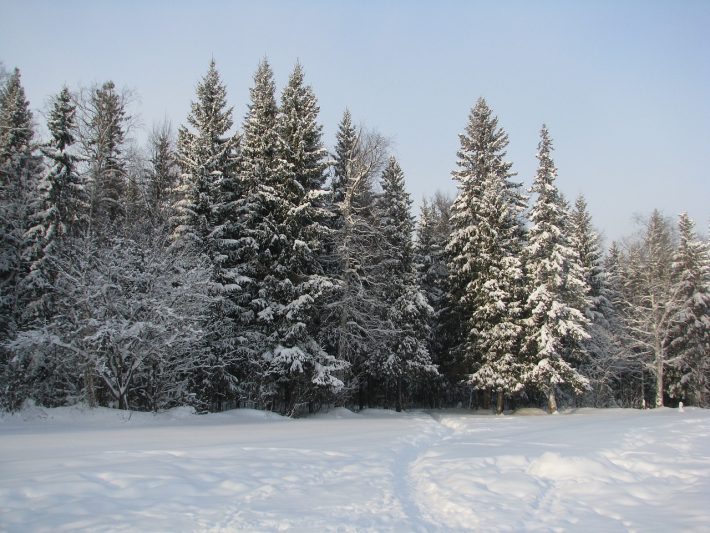International Day of Forests 2024
Celebrating the UN’s International Day of Forests (#ForestDay)! This year’s theme is Forests and Innovation: New solutions for a better world. Let’s take a deep dive into the significance of forests to our planet and communities, and highlight some innovative new methods being used to conserve these important environments.

Forests make up 31% of the Earth’s land area and contain more than 80% of the world’s biodiversity, making them some of our most vital ecosystems on the planet.
Moreover, 1.6 billion people in the world currently rely on forests for their livelihood. Forests provide us with food, fuel, medicine, spirituality, and – for 300 million people across the globe – homes.
Forests are also massive carbon stores, meaning they help keep our air clean and mitigate the damaging effects of the climate crisis by storing carbon. Trees store carbon using photosynthesis, and use it to grow their trunks, bark, branches, root systems, and leaves.
Forests are an irreplaceable source of biodiversity, beauty, sustenance, and carbon storage–but they’re also under threat.
Types of forests
There are three main types of forest found on the Earth, all with their own geographic features, tree and animal species, and weather patterns.

Tropical Forests
Found in the warmest regions on the planet, these forests are warm, biodiverse, and home to 50% of the world’s species. The most widely-known temperate forests are rainforests, called so because they often have an enormous amount of rainfall every year (sometimes more than 100 inches of precipitation annually). These forests can be found in places like Brazil, the Democratic Republic of the Congo (DRC), and Indonesia, and are home to animals like gorillas, toucans, and jaguars.
Temperate Forests
Temperate forests are exposed to both warm air masses and cold air masses, so they have four seasons (Autumn, Winter, Spring, Summer). Because they are colder than tropical forests, many animals hibernate during the coldest months of Winter. Temperate forests are the major source of global timber. These forests are mostly found across the US, Europe and Asia, and are home to creatures like bears, squirrels, and wolves.
Boreal Forests
Found in colder regions, the temperature of these forests is often below freezing. Mostly located in large remote areas, the species that live here have had to adapt to a colder climate than those in temperate and tropical forests. The waterlogged soil and peatlands found in boreal forests makes them really important carbon sinks, as they can store more carbon than trees. Boreal forests can be found in places like Russia, Alaska, and Canada, and are home to animals such as caribou, lynxes, and beavers.
How are forests being harmed?
These biodiverse ecosystems are at severe risk of being destroyed by humans, as we continue to deplete their resources. 15 billion trees are cut down globally every year, totalling around 100,000 square km of forest area lost per year.
To contextualise this level of land use, the WWF notes that ‘the annual UK demand for just seven products (beef and leather, timber, soy, palm oil, pulp and paper, cocoa, and rubber) requires a land area of almost 90% of the size of the UK’.
Furthermore, humans commit a huge amount of deforestation to make space for crops and livestock – in fact, agricultural expansion is responsible for around 88% of deforestation.
Destructive activities like deforestation and excessive logging release the carbon that forests have so helpfully stored, causing the global temperature to rise and worsening the impact of the climate crisis. These hotter temperatures in turn dry out forest landscapes, creating more devastating forest fires that release further carbon in a vicious cycle, with global consequences.
Take, for instance, the worrying severity of wildfires in Canada’s Boreal forest, such as June 2023’s record-shattering wildfires, which spanned an area twice the size of Portugal and had smoke that reached across North America and parts of Europe to impact air quality (and turn skies a hazy orange). A new report released just this week from air quality technology company IQAir found that the 2023 wildfires have produced particulate matter levels of up to 3 times the safe limit for inhalation, showing that these devastating forest fires have far-reaching consequences.
Innovation in forest management and conservation
Despite the threats facing our forests, there is still hope. Sustainable forest management is becoming a more viable option thanks to technological and methodological advancements. Some recent innovations include:
Sustainable agricultural practices like agroforestry
Agroforestry, or the practice of nurturing and planting trees beside traditional crops, has huge benefits, including regulated temperature/humidity and improved soil health. The largest agroforestry system in the UK is in Cambridgeshire, where farmer Stephen Briggs grows apple trees alongside arable crops, improving biodiversity and crop production.
Community forestry
Based on the idea that those who rely on local forests for their livelihood have more motivation to conserve them, this approach allows communities to build businesses based around forests and their resources, so long as they do so sustainably. One success story here is the Maya Biosphere Reserve in Guatemala, which has a ‘near-zero deforestation rate’ due to these activities.
Wood pulp-based packaging
Using harvested wood pulp and natural fibrous materials, this packaging can replace single-use plastic and revitalize forest industries. One moulded packaging company in Maine, United States is re-energising the area’s struggling forest industries.
Overall, forests are enormously important ecosystems. They are home to many of the world’s species’, as well as resources we depend on in our daily lives. Human action has been largely responsible for the depletion of our forests, but human action can also help preserve them. The BES is firmly committed to advancing ecology and creating solutions for a planet under threat, leading the way for ecological connection, innovation, and action.

Want to learn more?
See the below BES papers for new research on how we can protect, nourish, and learn from our forests:
- Atkins, et al. (2023) Scale Dependency of lidar-derived forest structural diversity Methods in Ecology and Evolution, 14: 708-723
- Barrere, et al. (2024) Forest storm resilience depends on the interplay between functional composition and climate—Insights from European-scale simulations Functional Ecology, 38: 500-516
- Boucher, et al. (2023) Flying High: Sampling savanna vegetation with UAV-lidar Methods in Ecology and Evolution, 14: 1668-1686
- Calders, et al. (2022) Laser scanning reveals potential underestimation of biomass carbon in temperate forest Ecological Solutions and Evidence, Volume 3, Issue 4
- Chen, et al. (2023) Moderate size diversity of tree roots has largest effect on the carbon loss in tropical soils Functional Ecology, 38: 363-373
- Cole, et al. (2021) Coffee pulp accelerates early tropical forest succession on old fields Ecological Solutions and Evidence, Volume 2, Issue 1
- Haeler, et al. (2023) Dead wood distributed in different-sized habitat patches enhances diversity of saproxylic beetles in a landscape experiment Journal of Applied Ecology, 61: 316-327
- Hatfield, et al. (2023) Constraints on avian seed dispersal reduce potential for resilience in degraded tropical forests Functional Ecology, 38: 315-326
- Kaarakka, et al. (2021) Improved forest management as a natural climate solution: A review Ecological Solutions and Evidence, Volume 2, Issue 3
- Larsen, et al. (2023) Diversity, species coexistence and functional composition patterns in subtropical Atlantic Forests invaded by non-native trees Functional Ecology, 38: 327-337
- Lenoir, et al. (2022) Unveil the unseen: Using LiDAR to capture time-lag dynamics in the herbaceous layer of European temperate forests Journal of Ecology, 110: 282-300
- Lines, et al. (2022) The shape of trees: Reimagining forest ecology in three dimensions with remote sensing Journal of Ecology, 110:1730-1745
- Springer, et al. (2023) Increases in understory plant cover and richness persist following restoration treatments in Pinus ponderosa forests Journal of Applied Ecology, 61: 25-35
- Zhang, et al. (2022) Tree species mixing can amplify microclimate offsets in young forest plantations Journal of Applied Ecology, 59: 1428-1439
Like what we stand for?
Support our mission and help develop the next generation of ecologists by donating to the British Ecological Society.

